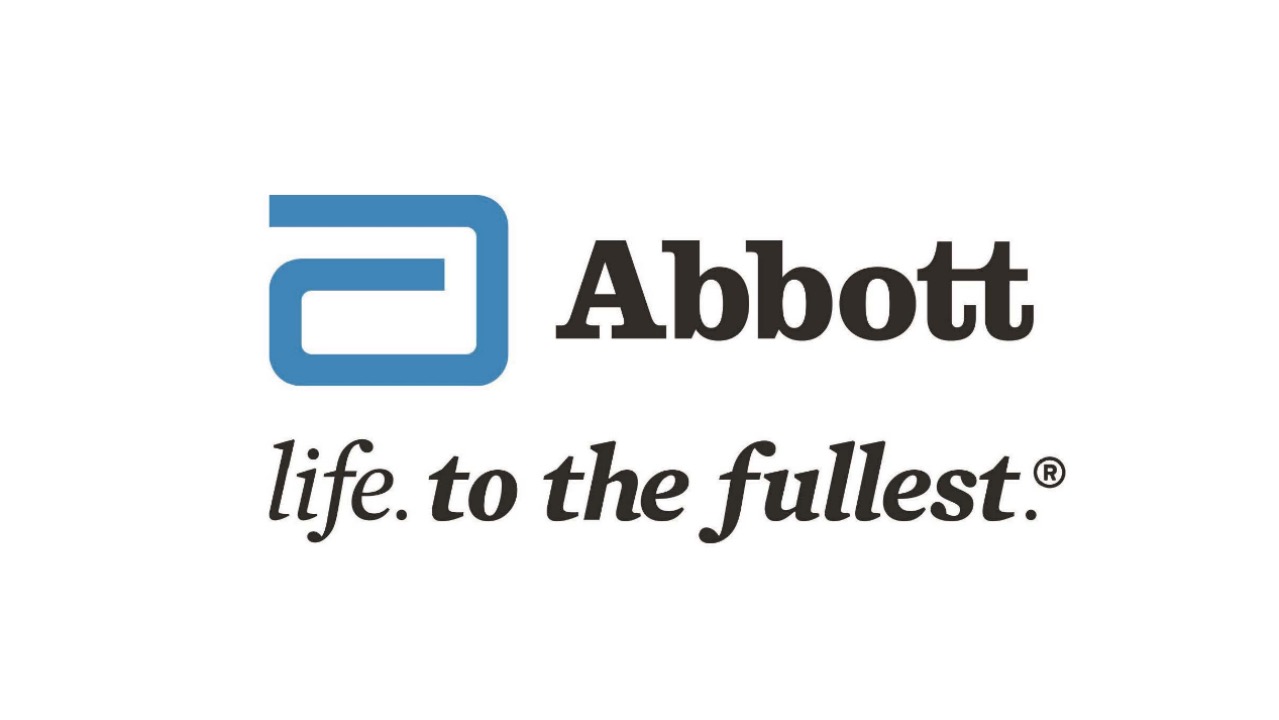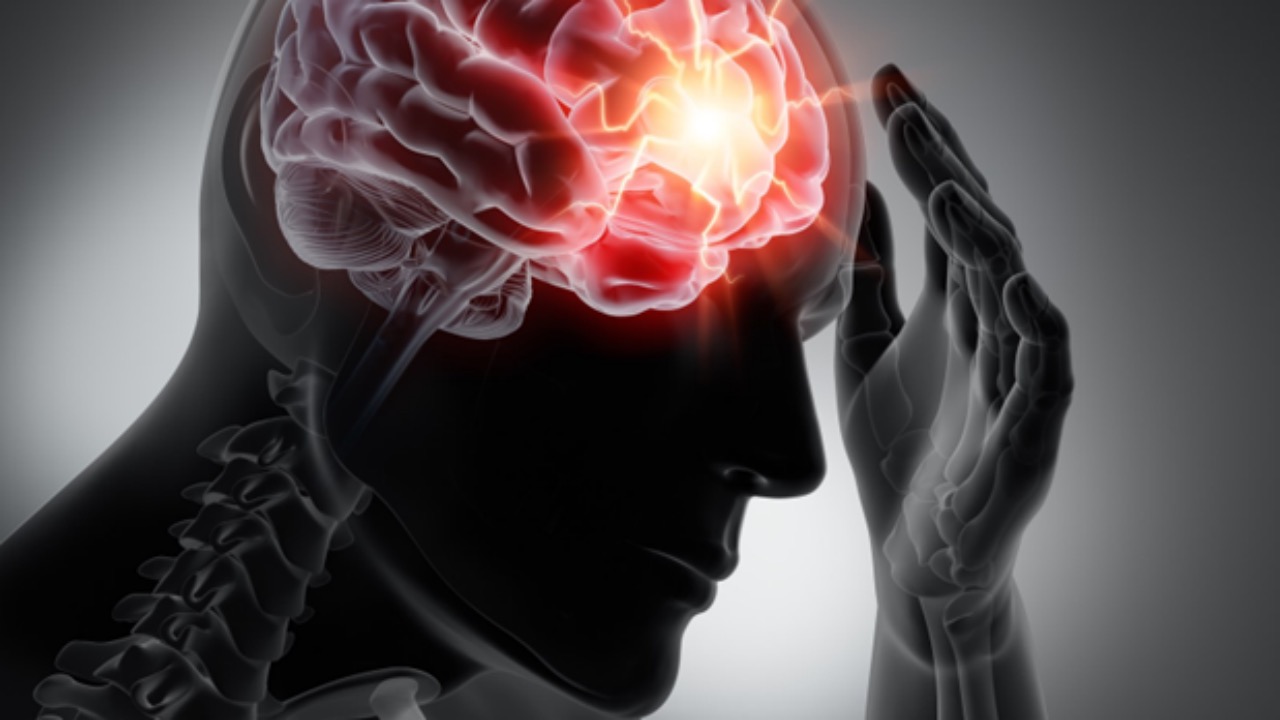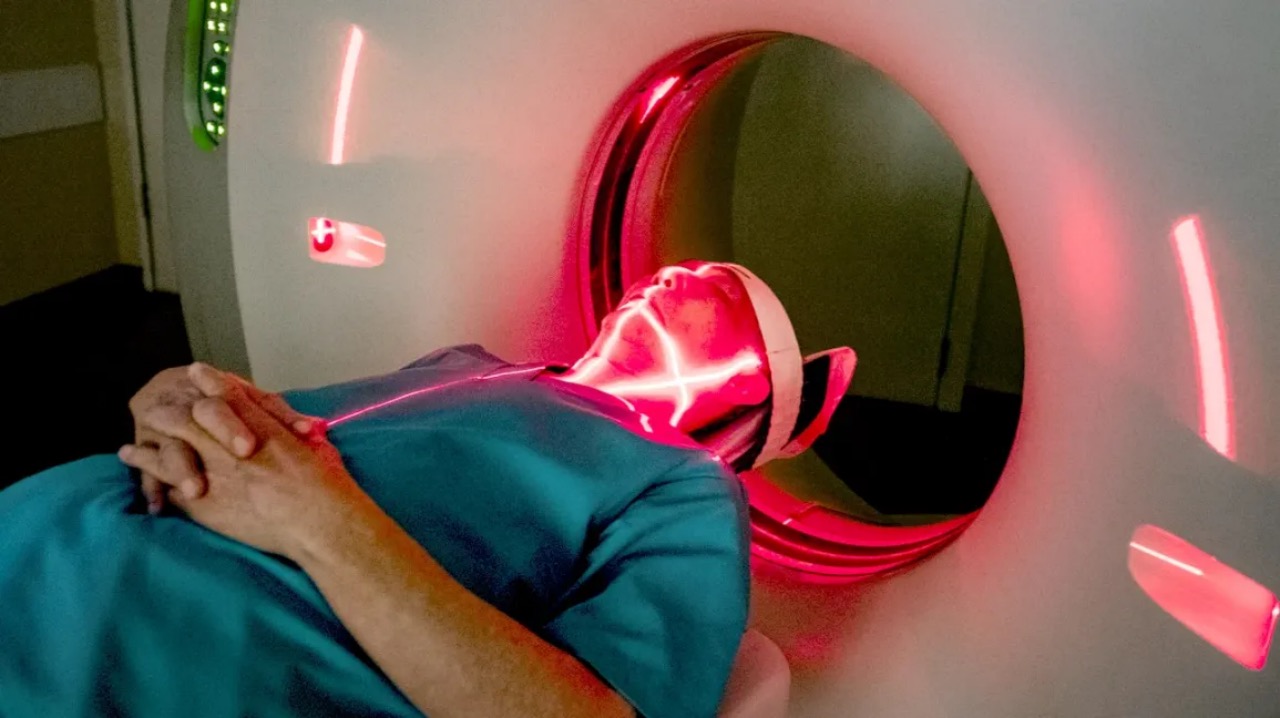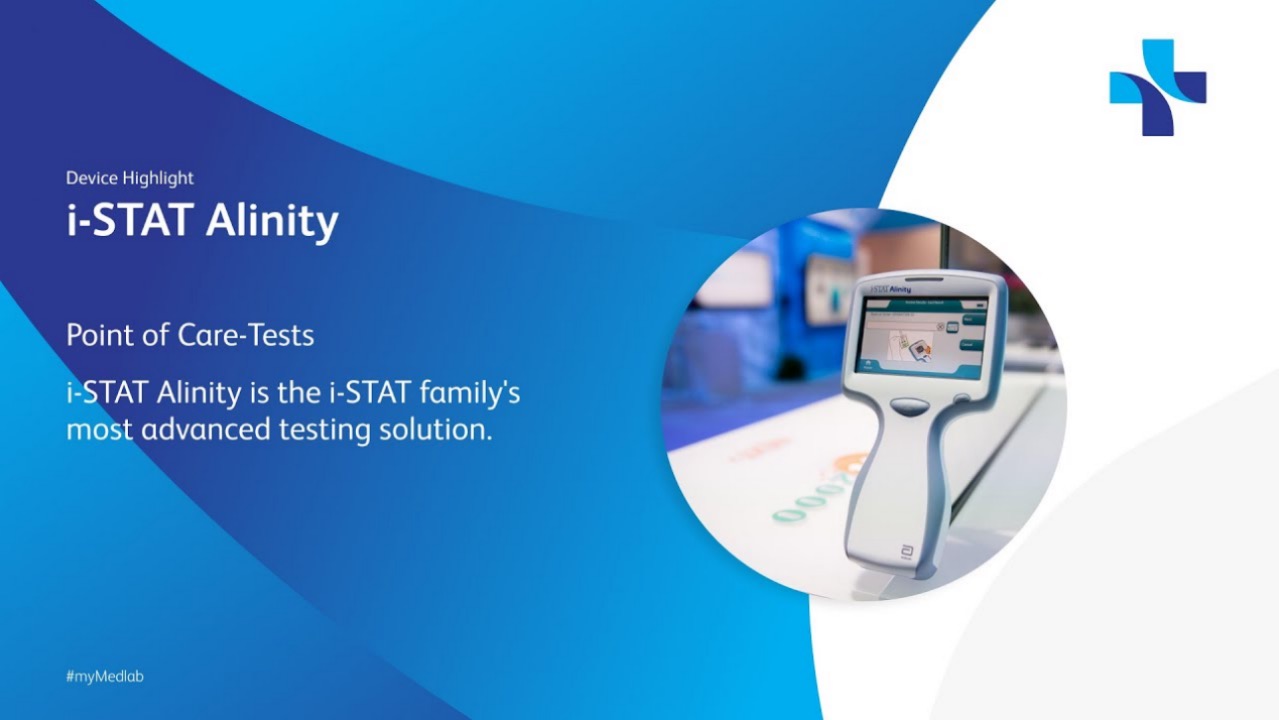Abbott Traumatic Brain Injury Test Nabs FDA Clearance
Abbott’s i-STAT TBI cartridge has been authorized by the U.S. Food and Drug Administration (FDA) for use with whole blood, enabling physicians to evaluate patients with potential concussions right at their side and deliver lab-quality outcomes within 15 minutes. Until now, assessments for Traumatic Brain Injury (TBI) were approved only for plasma or serum, necessitating the transport of samples to a laboratory for analysis and results.

With this new authorization, testing can be conducted in a wider range of healthcare environments beyond just hospital emergency rooms, including walk-in care centers authorized to carry out tests of moderate complexity. This marks a significant step towards a future where testing can occur outside of conventional medical facilities, such as at sports events.

The ability to conduct the test using a whole blood sample on a compact device allows healthcare professionals to assess adults 18 and older who show signs of mild traumatic brain injury (mTBI), also known as concussion. The test outcomes can assist in excluding the necessity for a CT scan of the head and aid in deciding the optimal next steps for patient management. The feasibility of testing with a whole blood sample facilitates quicker evaluation of head injuries in medical settings lacking lab facilities.

This authorization expands the timeframe for evaluating patients to up to 24 hours following an injury, a critical improvement acknowledging that those affected may delay seeking medical attention.
Annually, nearly 5 million individuals visit U.S. emergency rooms for TBI, yet over half of those suspecting a concussion fail to have it examined.
For years, TBI evaluation has relied on the traditional Glasgow Coma Scale, a subjective assessment by healthcare providers, and CT scans to identify any damage or lesions in brain tissue.
“Emergency rooms are often crowded. The ability to swiftly prioritize patients is crucial,” stated Geoffrey Manley, M.D., PhD, Head of Neurosurgery at Zuckerberg San Francisco General Hospital, Professor of Neurosurgery at the University of California San Francisco, and leading investigator for the TRACK-TBI Network. “Previously, the evaluation process for suspected concussions was primarily subjective. Utilizing this whole blood test, we can quickly and objectively determine if a patient requires a CT scan or further examination, directly at the point of care. It’s an invaluable resource that progresses the management of traumatic brain injuries.”
How the test functions
The i-STAT TBI cartridge, used alongside the i-STAT Alinity System, needs a small sample of venous blood applied to the cartridge. This is then inserted into the compact i-STAT Alinity device. The test identifies two brain-origin biomarkers potentially released into the blood following an injury, signaling possible brain damage. Monitoring these biomarkers – ubiquitin C-terminal hydrolase L1 (UCH-L1) and glial fibrillary acidic protein (GFAP) – post-injury can offer critical insights into a patient’s state and assist healthcare professionals in devising suitable treatment strategies.

“Clinicians have long desired an objective manner to evaluate patients with concussions,” stated Beth McQuiston, M.D., medical director at Abbott’s diagnostics division. “Considering all other diseases, or different bodily organs, have accessible blood tests for evaluation, we now possess a whole blood test for assessing brain conditions directly at the patient’s side – broadening reach to more healthcare practitioners and thus patients.”
The recently authorized test broadens Abbott’s TBI test portfolio, including the previously authorized i-STAT TBI Plasma test and the ARCHITECT and Alinity i laboratory test (for serum and plasma).
This development in using whole blood for TBI assessment reflects a significant progression in Abbott’s goal to make its tests accessible in all settings where individuals seek head injury care. Abbott is actively involved in further research and planning that might eventually enable the test’s use in non-medical settings and for a wider demographic, including teenagers and children.